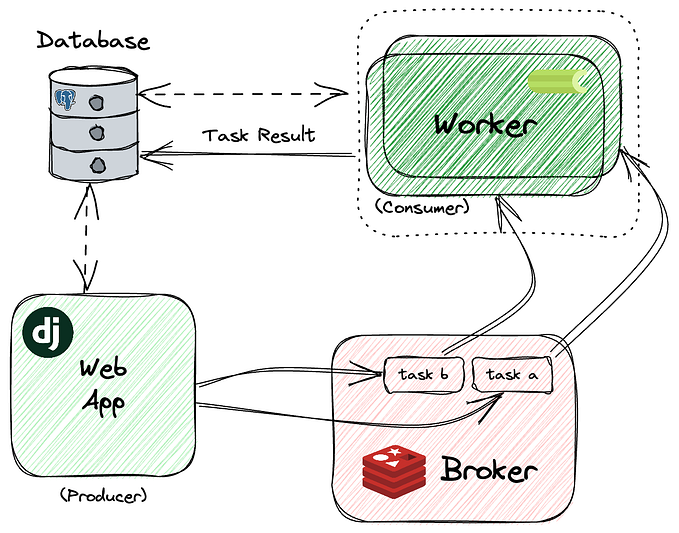Solving the Messaging Problem in Python Microservices with Kafka Python

Introduction: In the world of microservices architecture, communication between services is crucial for building scalable and resilient systems. Python, being a popular language for developing microservices, requires a robust messaging solution to facilitate seamless interaction between services. Kafka, a distributed streaming platform, provides an ideal solution for addressing the messaging challenges in Python microservices. In this blog, we will explore how Kafka can be leveraged to solve the messaging problem in Python microservices.
Understanding the Messaging Problem in Microservices: Microservices are independently deployable components that work together to form a larger application. These services need to communicate with each other to exchange data and trigger actions. However, as the number of microservices grows, managing communication channels becomes complex. Some common challenges include:
- Scalability: Traditional synchronous communication approaches can become a bottleneck when services need to handle large volumes of requests.
- Resilience: If a service fails or becomes unavailable, other services should be able to continue functioning without interruptions or data loss.
- Loose Coupling: Services should be decoupled from each other to allow independent development, deployment, and scaling.
- Event-Driven Architecture: Many microservices benefit from an event-driven approach, where events are produced and consumed by different services asynchronously.
Solving the Messaging Problem with Kafka: Kafka, with its publish-subscribe model and distributed architecture, offers a powerful solution to overcome the messaging challenges in Python microservices. Here’s how Kafka can be leveraged effectively:
- Message Broker: Kafka acts as a distributed message broker that allows services to publish and subscribe to topics. Producers publish messages to topics, and consumers receive those messages based on their subscriptions. This decouples services, allowing them to communicate without direct dependencies.
- Scalability and Resilience: Kafka’s distributed nature enables horizontal scalability and fault tolerance. Multiple brokers form a cluster, and topics are divided into partitions across these brokers. This design ensures high throughput and fault tolerance by replicating partitions across multiple brokers.
- Asynchronous Communication: Kafka supports an event-driven architecture, enabling services to operate asynchronously. Producers publish events to topics, and consumers process these events at their own pace. This flexibility enhances scalability and resilience in microservices.
- Stream Processing: Kafka’s integration with Kafka Streams or other stream processing frameworks allows microservices to transform and process data in real time. This opens up possibilities for data enrichment, complex event processing, and building streaming pipelines.
- Fault Handling: Kafka provides features like acknowledgments, retries, and fault tolerance mechanisms, which help handle failures gracefully. If a consumer fails, it can resume from the last committed offset, ensuring data integrity.

We have seen the benefits of Microservices and Kafka. Now, we can move to the code part.
Let’s first install the Kafka Python
pip install kafka-pythonI have written a sample code for microservice in Python so that we can test the Kafka message between services. So for this, we have to start the zookeeper and kafka services locally, you can visit here to get more insight.
Let's start the conversation between Jarvis and Tony

Tony is sending a message to Jarvis
Jarvis is replying to Tony………
I think the above code is a bit confusing to understand as it contains a manager and multiprocess. So let’s clear this confusion
In Python, a manager is used in multiprocessing to facilitate communication and coordination between multiple processes. The manager acts as a centralized server that allows different processes to share data, such as variables, lists, dictionaries, or custom objects, and synchronize their activities. To read more about it, you can visit here.

Conclusion: Python microservices can greatly benefit from leveraging Kafka as a messaging platform. With Kafka, you can address scalability, resilience, loose coupling, and event-driven requirements effectively. Its distributed nature, fault-tolerant architecture, and support for asynchronous communication make it an ideal choice for building robust and scalable microservices systems.
By adopting Kafka in your Python microservices architecture, you can streamline communication between services, enable real-time data processing, and ensure fault tolerance. As microservices continue to gain popularity, leveraging Kafka’s capabilities will empower you to build highly scalable and resilient systems.
Remember, choosing the right messaging solution is crucial for successful microservices architecture, and Kafka provides an excellent foundation for solving the messaging problem in Python microservices.








